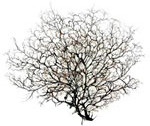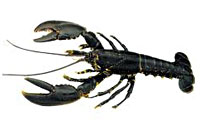
Sciaenidae
The sciaenids are a large family of primarily bottom associated, carnivorous fishes distributed throughout the Atlantic, Indian and Pacific oceans, in tropical and temperate inshore waters. The majority occur on open sand and mud bottoms and some are found only in brackish waters. The exact number of species is uncertain, but there are probably about 270, of which there is a limited number in the Mediterranean Sea.
Drums are also commonly called croakers, and for good reason. They have modified muscular swim bladders that they use to produce a drumming or croaking sound when they are excited. Drums are luminescent and appear pink when first removed from the water. A drum’s tail is slightly pointed, and it has faint stripes across its back and small chin barbels.
Dru...
Read More







Social Profiles